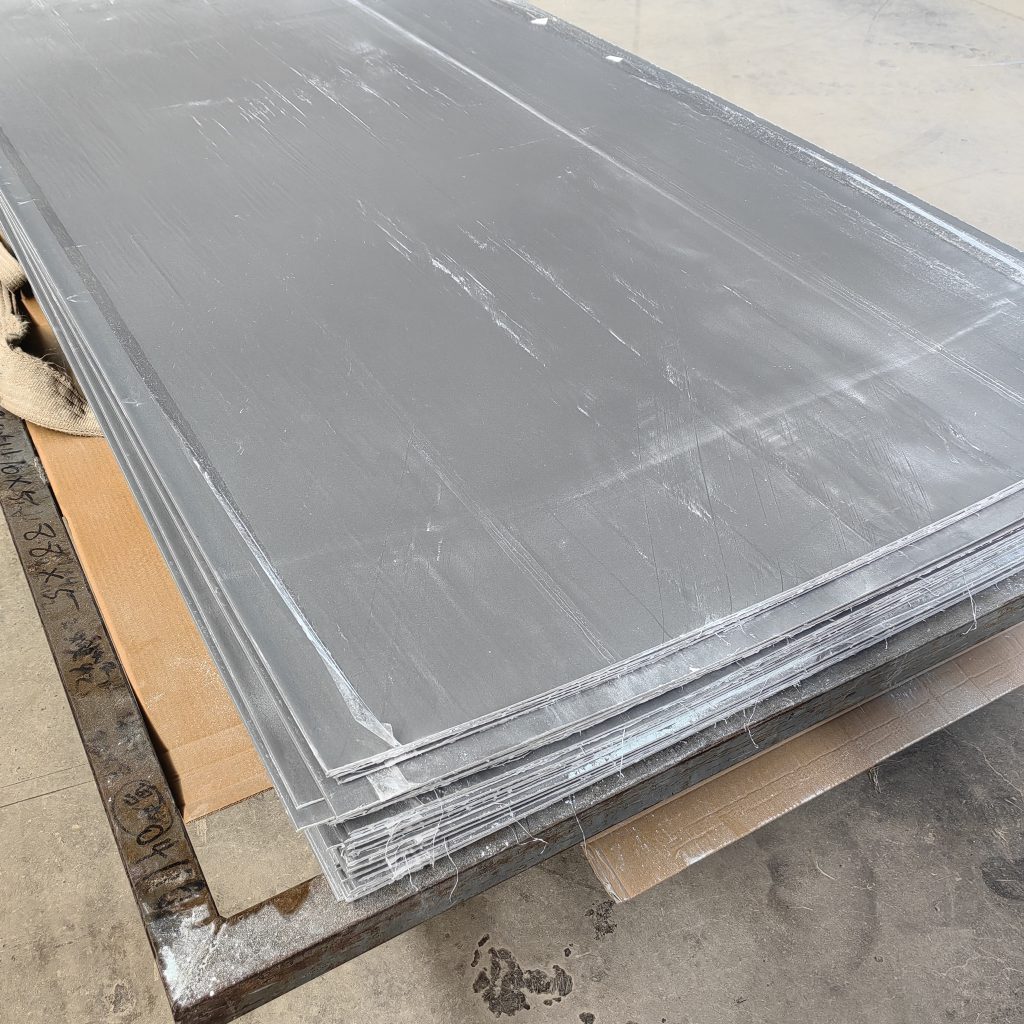bonai@tilefrp.com
How do Langfang Bonai’s FRP roofing panels compare in terms of environmental impact to traditional roofing materials?
Langfang Bonai's FRP (Fiber Reinforced Plastic) roofing panels provide several environmental advantages when compared to traditional roofing materials. Firstly, FRP panels are typically lightweight, which reduces the structural load on buildings. This lightweight design leads to cost savings during construction and transportation, as well as reduced energy consumption during installation. Additionally, the reduced weight can contribute to improved energy efficiency in buildings by placing less strain on the supporting structure, potentially allowing for better insulation and reduced heating and cooling needs.

Another environmental benefit of Bonai's FRP roofing panels is their durability. FRP panels are known for their high strength and resistance to various weather conditions, such as UV radiation, moisture, and temperature fluctuations. This durability translates into a longer lifespan, reducing the need for frequent replacements and decreasing the overall environmental impact associated with production, transportation, and disposal of roofing materials.

Furthermore, FRP panels are often made from recyclable materials, such as fiberglass and resin. These materials can be recycled at the end of their lifespan, contributing to waste reduction and resource conservation. In contrast, traditional roofing materials, such as asphalt shingles or clay tiles, often end up in landfills after removal, creating a significant waste disposal issue.

In terms of energy efficiency, FRP panels can offer advantages depending on their design and specifications. They can be manufactured with high reflectivity and emissivity properties, allowing them to reflect sunlight and radiate heat back into the atmosphere. This helps to reduce the "heat island" effect in urban areas and lower energy consumption for cooling. Traditional roofing materials, especially dark-colored ones, tend to absorb more heat, leading to increased energy requirements for air conditioning and higher ambient temperatures in built-up areas.

Additionally, Bonai's commitment to sustainable practices extends to their FRP panel manufacturing processes. They prioritize waste reduction, energy efficiency, and emissions control during production, minimizing their overall ecological footprint.

It's important to note that while FRP panels offer environmental benefits, there are some considerations to be aware of. The production of fiberglass and resin materials used in FRP panels requires energy and resources. However, the long lifespan and recyclability of FRP panels help offset these initial environmental impacts over time.

In conclusion, Langfang Bonai's FRP roofing panels provide environmental advantages compared to traditional roofing materials. These include lightweight design, durability, recyclable materials, potential for high reflectivity and emissivity, and sustainable manufacturing practices. By choosing Bonai's FRP panels, individuals and organizations can contribute to a more sustainable and eco-friendly built environment while enjoying the benefits of a long-lasting and resilient roofing solution.


